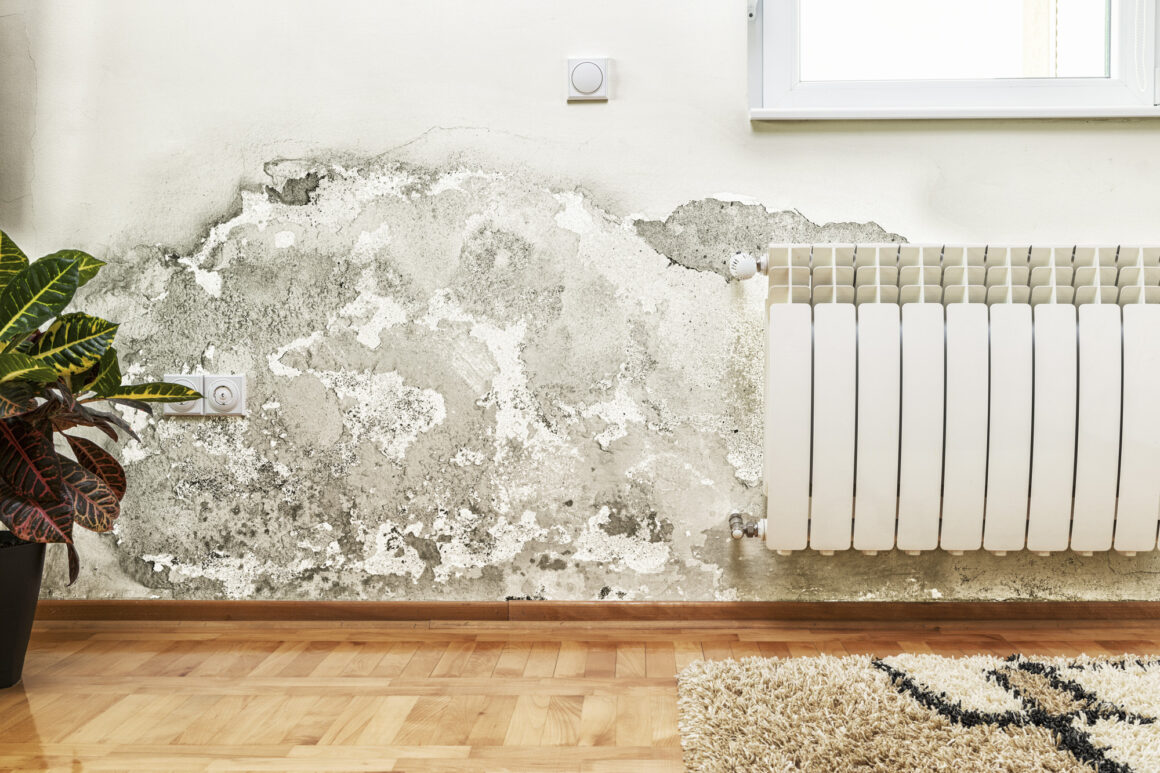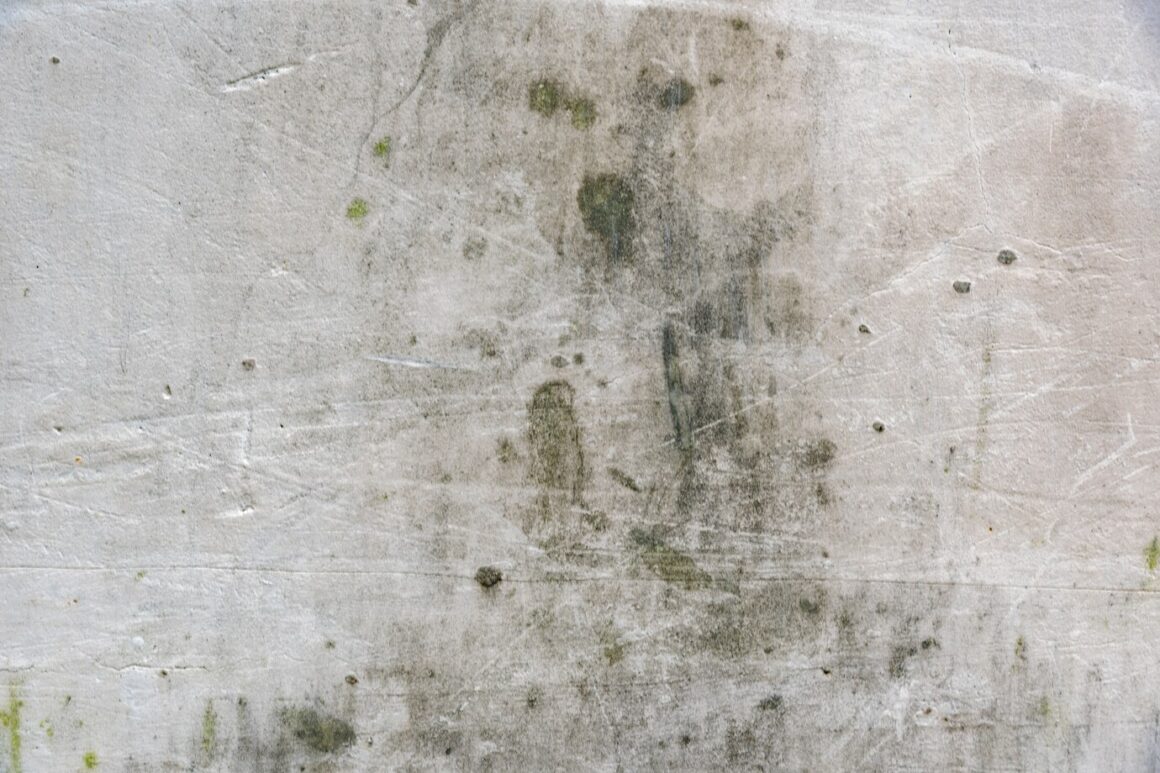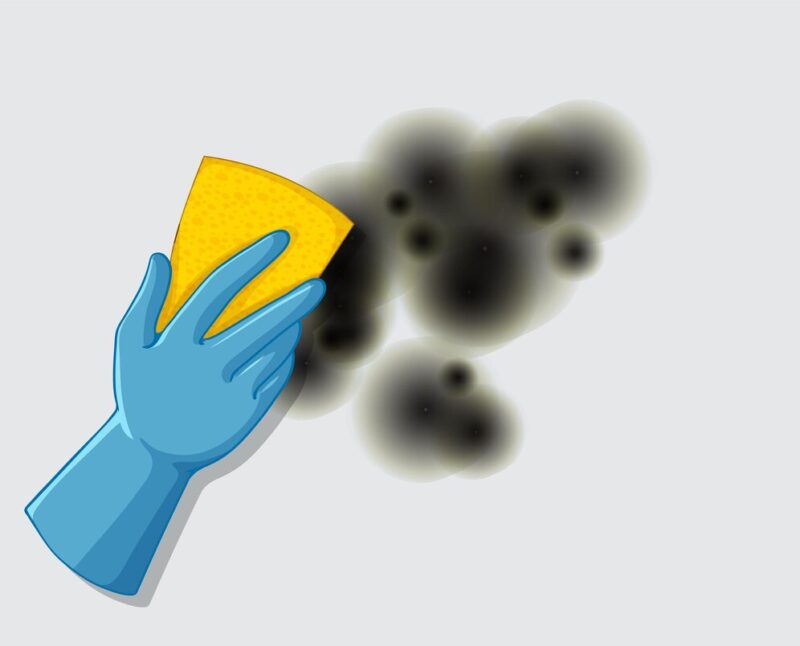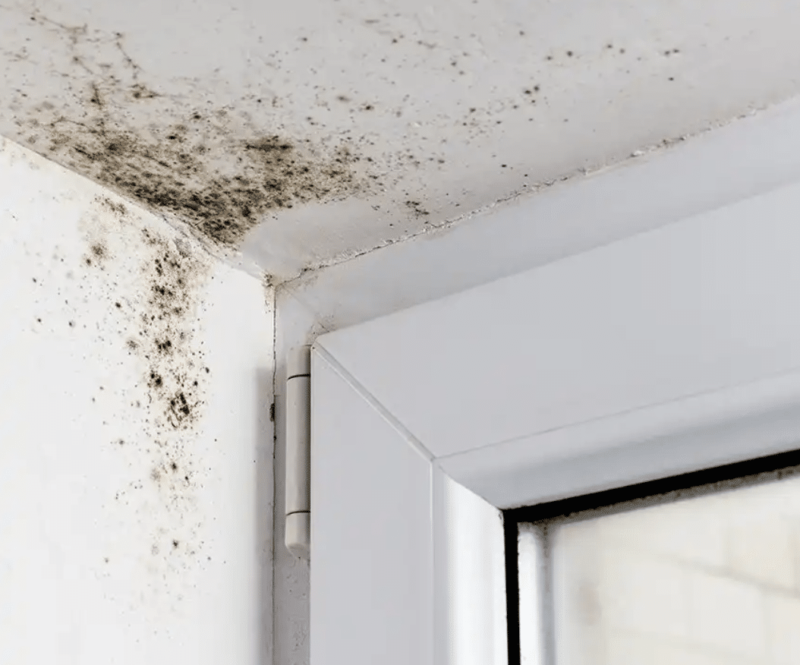Mold is a common household problem that can have serious health implications if left unchecked. It can lurk in hidden corners and crevices, spreading rapidly throughout your living space. Detecting mold early is key to preventing costly damage and safeguarding your familys well-being. Fortunately, there are several signs that can help you identify the presence of mold in your home. From musty odors to visible discoloration on walls and ceilings, being aware of these indicators can help you take swift action to address the issue.
In this article, we will explore how to effectively detect mold in your house and what steps you can take to eliminate it. By learning how to spot the warning signs and taking proactive measures, you can keep your home safe and healthy for years to come.
Identifying Common Signs of Mold Growth in Your Home

Mold growth in your home can often go unnoticed until it becomes a major issue. There are several common signs to look out for that may indicate the presence of mold. One of the most obvious signs is a musty or earthy smell in certain areas of your home.
Additionally, visible signs of mold such as black spots or fuzzy white patches on walls, ceilings, or other surfaces should not be ignored. Peeling or bubbling paint, warped walls or ceilings, or water stains can also be indicators of mold growth. It is important to address these signs promptly to prevent further spread and potential health risks to those living in the home.
Conducting a Visual Inspection for Mold in Your House

To conduct a visual inspection for mold in your house, start by carefully examining areas where moisture is likely to accumulate, such as bathrooms, basements, and kitchens. Look for any visual signs of mold growth, such as discoloration or dark spots on walls, ceilings, or floors.
Pay close attention to areas with water damage or leaks, as these are prime breeding grounds for mold. Use a flashlight to thoroughly check hidden areas like behind appliances, under sinks, and inside cabinets.
Remember that mold can also grow in less obvious places, such as air ducts, so be sure to inspect these areas as well. If you suspect mold is present, its important to take immediate action to address the issue before it becomes a larger problem.
Using Your Senses to Detect Mold in Your Home

When it comes to detecting mold in your house, using your senses can be a powerful tool. One of the most obvious signs of mold is a musty or damp odor, which is often the first clue that there may be mold growing in your home.
Keep an eye out for any visible mold growth, which can appear in a variety of colors and textures, such as black, green, or white spots on walls, ceilings, or other surfaces. Additionally, pay attention to any changes in air quality, as mold spores can cause respiratory issues and exacerbate allergies. If you notice any of these signs, its crucial to take action promptly to address the mold problem before it spreads further and poses a health risk to you and your family.
Conclusion
In conclusion, it is important for homeowners to be vigilant in detecting mold in their house in order to protect their health and property. By being aware of common signs of mold growth, such as musty odors and visible mold patches, and conducting regular mold assessments, individuals can take proactive steps to address the issue before it becomes a more serious problem. By taking preventive measures, such as controlling moisture levels and improving ventilation, homeowners can create a healthier and safer living environment for themselves and their families.
In cases where mold is present, seeking professional assistance for remediation and removal is crucial to effectively addressing the issue and preventing it from recurring. By staying informed and proactive, individuals can maintain a mold-free and healthy home for years to come.


